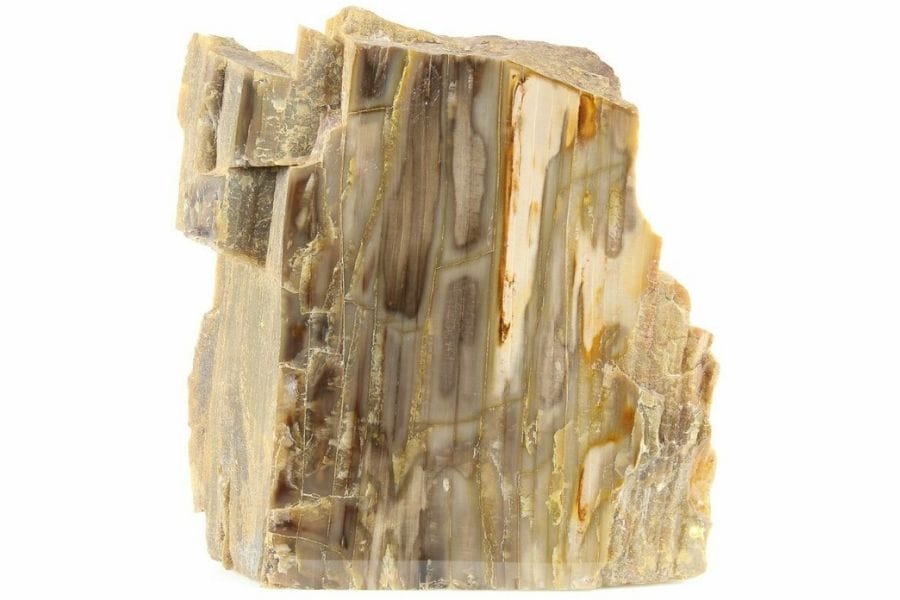In Oregon, fossils are like gold and jewels hidden like a treasure chest. The land in Oregon has ancient fossils that can be found in everything from tiny plants and sea creatures to giant mammals that look like they belong in a fairy book.
These aren’t only fascinating because they’re ancient, but these fossils are also important because they tell us about life on Earth before people came along.
Because every fossil has a story to tell, like a time machine, they show us how the Earth has changed. They help scientists figure out big puzzles, like how species change over time or go extinct.
It’s pretty cool that Oregon was once home to things we can only dream and think of. No matter what we find, connecting with the past naturally is the most important thing.
The Fossils Of Oregon You Can Find
Many different kinds of fossils can be found in Oregon. It’s a dream for fossil hunters because the scenery is so different, and the geological history is so fascinating.
Learn more about the cool rocks and minerals you can find in the state by reading our guide to rockhounding in Oregon.
- The extensive local experience and understanding of our team
- Input from multiple local fossil hunters and fossil groups
- The accessibility of the various locations
- Safety and potential hazards when collecting
- Private and public locations
- A desire to include locations for both experienced fossil lovers and those who are just starting out
Using these weights we think we’ve put together the best list out there for those who love finding great new fossils for our collections!
Common Oregon Fossils
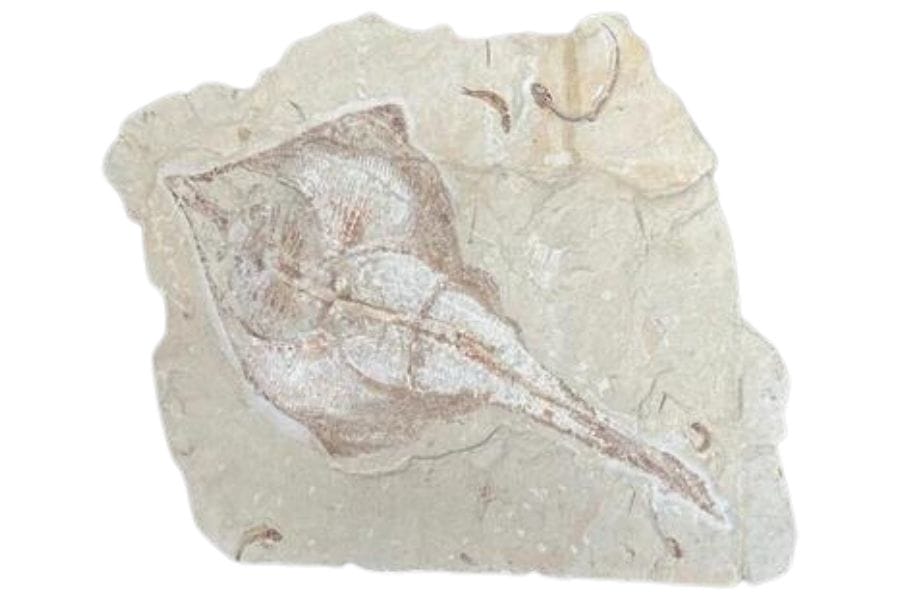
A lot of different kinds of fossils can be found in Oregon. These rocks can be found all over the state:
- Ice Age Megafauna
- Mammal fossils
- Marine fossils
- Plant fossils
- Trace fossils
Oregon State Fossil – Metasequoia
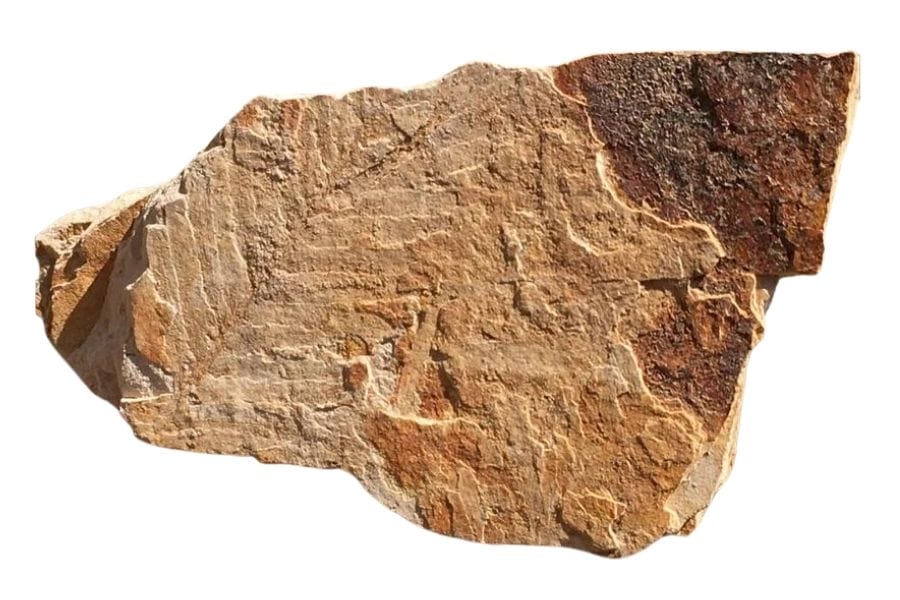
“Dawn redwoods,” or Metasequoia, are very old trees that have been found in skeletons all over the world. These artifacts, mostly leaves and pine cones, from Oregon, show a lush, warmer time in the past.
These rare fossils were found in the John Day Fossil Beds and represent strong life because modern metasequoias, thought to be dead, lived in China.
This connects Oregon’s past ecology to its present biodiversity. Their finding shows how Earth’s biotic history has been changing over time.
Rare State Fossils
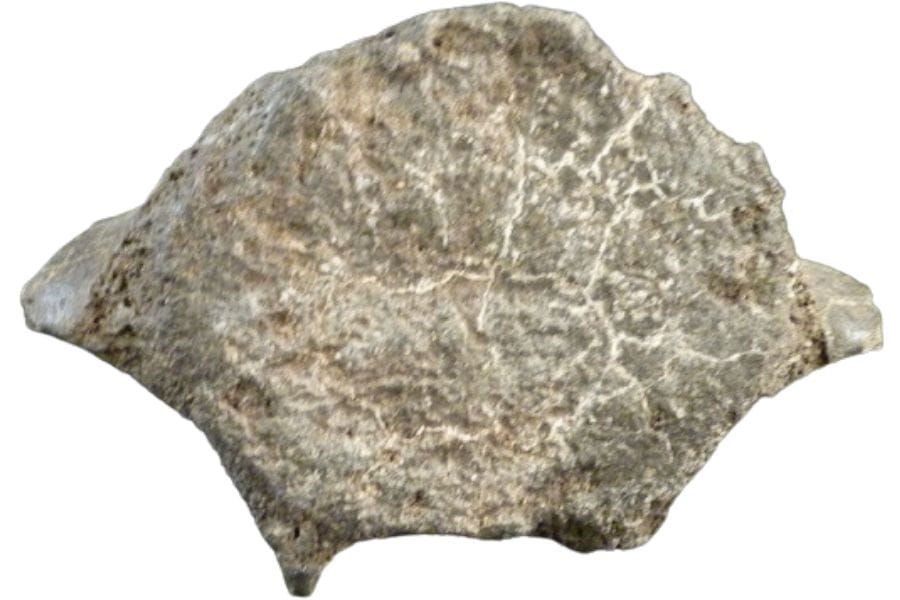
Some of Oregon’s strangest and most expensive fossils can be found here. When you wander, you should look for these things:
- Ancient horses
- Giant ground sloth
- Prehistoric whales
- Saber-toothed salmon
The Best Places To Find Fossils In Oregon
We will talk about the great places in Oregon to find fossils. While we’ll only go into great detail about our picks, fossils can also be found in many other places.
Always Confirm Access and Collection Rules!
Before heading out to any of the locations on our list you need to confirm access requirements and collection rules for both public and private locations directly with the location. We haven’t personally verified every location and the access requirements and collection rules often change without notice.
Many of the locations we mention will not allow collecting but are still great places for those who love to find beautiful rocks and minerals in the wild without keeping them. We also can’t guarantee you will find anything in these locations since they are constantly changing.
Always get updated information directly from the source ahead of time to ensure responsible rockhounding. If you want even more current options it’s always a good idea to contact local rock and mineral clubs and groups
Black Butte
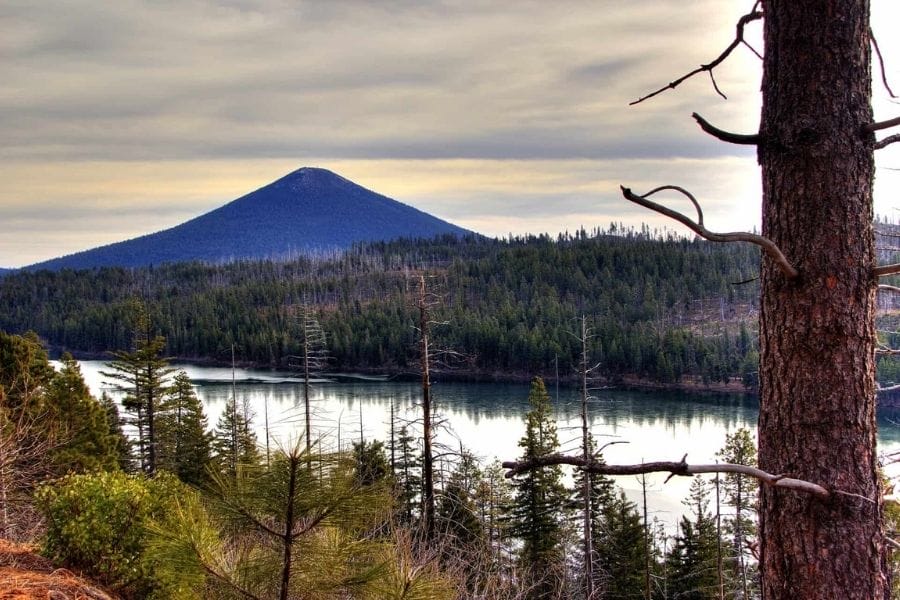
Black Butte is a beautiful geological feature that rises over 3,000 feet above the valley floor near Sisters. It’s known for its noticeable, symmetrical shape and lush surroundings.
Geologically, this volcano is still fairly young. It is thought to be about 1.4 million years old, and its last eruption happened more than 10,000 years ago.
The butte is mostly made up of basalt, a common volcanic rock. It’s covered in thick forests and other plants that do well in volcanic soil.
Central Oregon, especially the area around Black Butte, is a great place to find fossils because of its active volcanic past.
Volcanic activity in the past helped keep a rich mosaic of fossils alive. Layers of ash helped make a detailed and chronological record of life.
Where and what to find fossils at the Black Butte
These records go back millions of years and tell us a lot about how plants and animals in North America have changed over time.
Nearby places have fossils of ancient animals and plants, such as early horses, camels, and saber-toothed cats.
DON'T MISS OUT ON ANY GREAT FINDS!
While you're out searching for Fossils you're going to find A LOT of other interesting rocks and minerals along the way. The last thing you want to do is toss out something really interesting or valuable. It can be easy to misidentify things without a little guidance.
We've put together a fantastic field guide that makes identifying 140 of the most interesting and valuable rocks and minerals you will find REALLY EASY. It's simple to use, really durable, and will allow you to identify just about any rock and mineral you come across. Make sure you bring it along on your hunt!
Hunters Cove
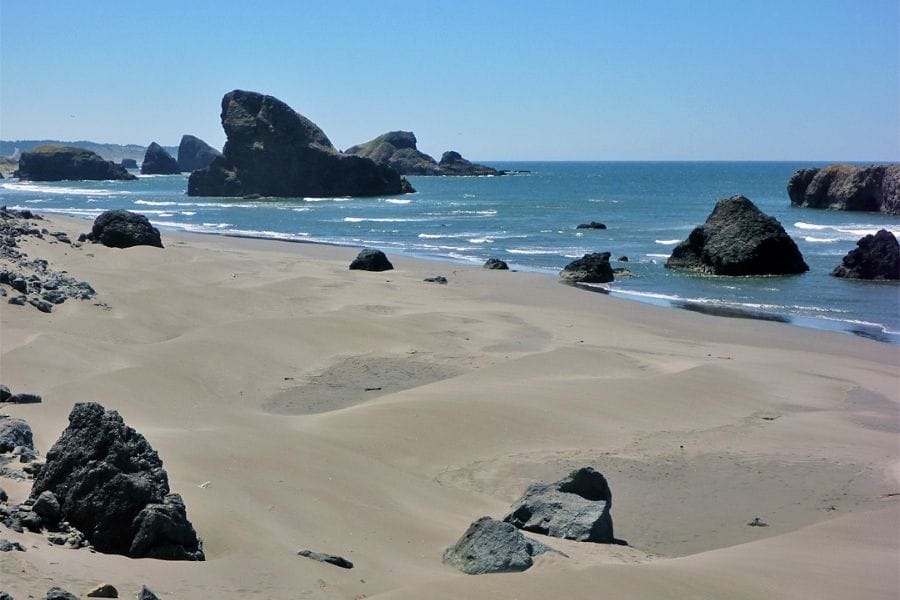
Hunter’s Cove is beautiful on Oregon’s rugged southern coast, close to Port Orford. It has dramatic sea cliffs, rocky shorelines, and various natural forms.
While the area is known for its natural beauty and large number of sea animals, it’s also a window into a more distant time because of its geological makeup, which makes it a special place for fossil hunters.
The coastline is part of the more significant geological setting called the Western Cascades. The rocks here were formed mainly by volcanoes erupting and sediment building up over time.
The rough geological past, with times of volcanoes erupting and tectonic plates subducting, has left behind a complex layering of sedimentary rocks slowly exposed by the Pacific Ocean’s constant activity.
Where and what to find fossils at Hunters Cove
Hunter’s Cove is a great place to look for fossils because these sediment layers are constantly being exposed by natural weathering.
Within these layers, you can often find the fossilized remains of mollusks, crustaceans, and other sea creatures that lived millions of years ago, giving you an intriguing look into life back then.
Nehalem River
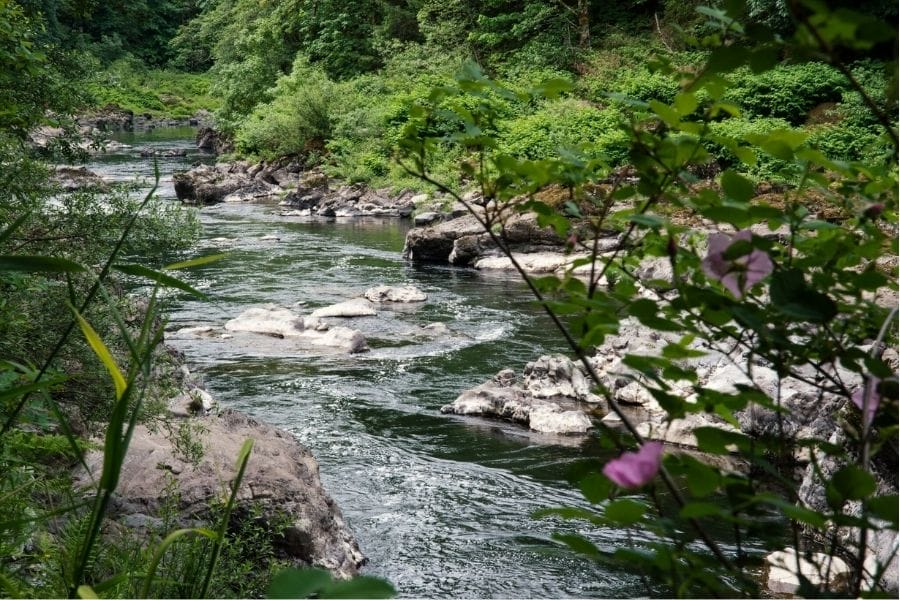
From the Coast Range mountains to the Pacific Ocean at Nehalem Bay, the Nehalem River flows through some of the most beautiful scenery in northwest Oregon. It’s a natural haven that runs for about 120 miles.
This river is famous for its beautiful scenery, fun activities, and long past. It also has some special things to offer paleontology fans.
The Nehalem River area comprises sedimentary rocks, mainly sandstone, and siltstone, deposited over millions of years.
These rock layers in the lower parts of the river are part of the Astoria Formation, known for marine sedimentary deposits from the Miocene period.
Where and what to find fossils at Nehalem River
When fossil hunters look in the areas along riverbanks, streams, and coastal cliffs of the Nehalem River, they can find a wide range of marine fossils, such as the shells of extinct mollusks, clams, and snails, as well as possibly the bones of whales or sharks that lived a long time ago.
These fossils give us an interesting look into when this part of Oregon was underwater.
Sheep Rock
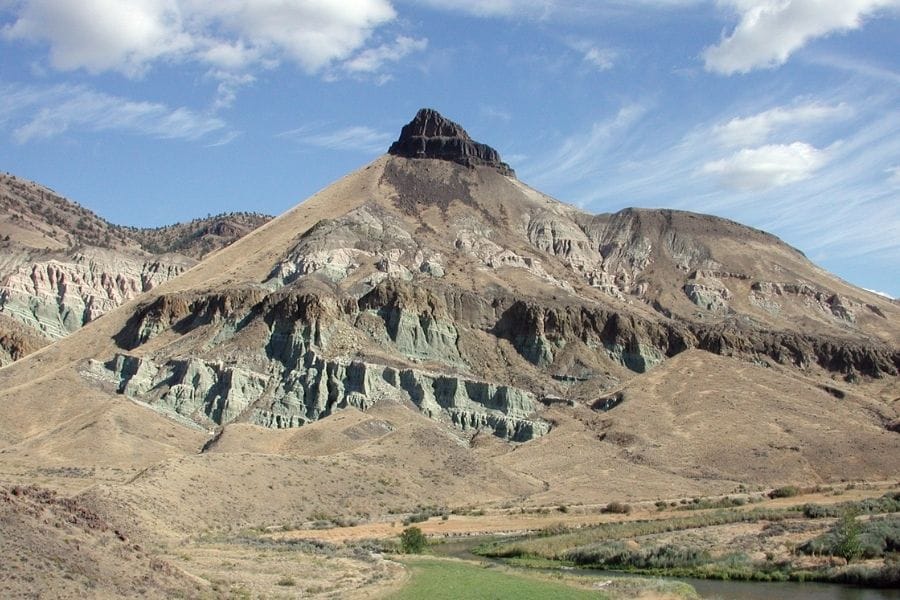
One of the most famous sights in Oregon’s John Day Fossil Beds National Monument is Sheep Rock. It’s not only beautiful to look at, but it also leads to other amazing prehistoric sites.
This beautiful rock formation, with its layers of green, red, and beige colors, stands tall over the John Day River Valley and protects the monument’s rich paleontological past.
The fossil beds that are still in good shape around Sheep Rock are important because they are part of the bigger Blue Basin area. These fossil beds are amazing because they show a wide range of plant and animal life that lived millions of years ago.
Sheep Rock and the area around it are a paleontologist’s dream because of the unique mix of volcanic activity and sedimentary processes that happened here millions of years ago.
Because of this, rock formations have carefully kept a chronological story of how life and development happened.
Where and what to find fossils at Sheep Rock
The fossils here show that this area of Oregon was very green and full of life in the prehistoric past. They show horses that were only a few feet tall and animals that lived before rhinoceroses and saber-toothed cats.
People really love this place because it has such beautifully detailed plant fossils that tell us a lot about how ecosystems worked and how the climate changed in the past.
Snake River Canyon

Along the border between Oregon and Idaho, the Snake River carved out the dramatic and winding Snake River Canyon. It has a stark beauty, rich history, and natural wonders.
Over millions of years, the land around this huge canyon has been shaped by the tall cliffs, plateaus, and strong river that runs through it.
Adventurers and nature fans love the area, but it’s also an essential place for people interested in the past.
Because the Snake River has cut deeper into the earth, it has revealed older rock layers, which makes the canyon a great place to find fossils.
The uncovered parts show pieces from various geological times, turning the area into a multi-layered record of the past.
Where and what to find fossils at Snake River Canyon
The Snake River Canyon comprises different types of sedimentary rocks, volcanic ash deposits, and layers formed by rivers and lakes in the past. The area is great for finding fossils because of these different rock types.
Fossils of plants and animals that lived along the river in the Pleistocene, like mammoths, huge ground sloths, and early forms of bison, are some of the most interesting things found.
Other Top Places To Find Oregon Fossils By Region

After discussing the best places to find fossils in Oregon, we’ll talk about some other great places. These places were picked out to help you.
| Location | Fossils |
| Crow Creek Valley, Baker County | Fossils |
| Hunsaker Creek, Baker County | Brachiopods, crinoids, bryozoa, bivalves |
| Molalla River, Clackamas County | Vertebrates |
| Elk Creek, Clatsop County | Invertebrates |
| Rocky Point Quary, Columbia County | Pelecypods, Shark teeth |
| High Cliff, Columbia County | Well-preserved Crinoids and other fossils. |
| Keasey Formation, Columbia County | Fossils |
| Coos Bay, Coos County | Bivalves, gastropods, echinoids and Decapods in concretions. |
| Steel Creek , Coos County | Nemocardium, Glycymeris, Gari, Anomia, Solena, Pelecyora, Nucularia, Turritella, Ectinochilus, Dentalium, crabs in concretions |
| Camas Creek, Coos County | Large Ostrea |
| John Day River, Crook County | Vertebrates |
| Cottonwood Creek Valley, Crook County | Vertebrates |
| Crooked River, Crook County | Vertebrates |
| Beaver Creek Valley, Crook County | Vertebrates |
| Coffee Creek Valley, Crook County | Brachiopods, Corals |
| Rogue River, Curry County | Arthropods-Hoploparia |
| Boulder Creek, Curry County | Bivalve-Buchia |
| Little River, Douglas County | Abundant, diverse mollusks |
| Buck Peak, Douglas County | Invertebrates |
| Umpqua River, Douglas County | Bivalves-Buchia |
| Corral Butte, Harney County | Vertebrates |
| Stinkingwater Mountain, Harney County | Petrified Wood |
| Bartlett Mountain, Harney County | Vertebrates |
| Lost River, Klamath County | Fresh water fish |
| Klamath Falls, Klamath County | Vertebrates |
| Goose Lake Valley, Lake County | Leaves, vertebrate bones and teeth – rhinoceros – Diceratherium |
| Button Springs, Lake County | Vertebrates |
| Snyder Creek Valley, Lake County | Vertebrates |
| Drew Reservoir, Lake County | Petrified Wood |
| Spencer River, Lake County | Venericardia. Glycymeris, Turritella, Tellina |
| Boiler Bay, Lincoln County | Invertebrates |
| Calapooya River, Linn County | Petrified Wood |
| Carey Agate Beds, Linn County | Petrified Wood |
| Skull Springs, Malheur County | Vertebrates |
| Wild Horse Canyon, Malheur County | Fresh water invertebrates |
| Little Valley, Malheur County | Vertebrates |
| Lewis and Clark State Park, Multnomah County | Petrified wood |
| Luckiamute River, Polk County | Abundant shark teeth |
| Helmick Hill, Polk County | SSpisula, Tellina, Volsella, gastropods – Ampullina. Acrilla, Shark Teeth |
| Oswald State Park, Tillamook County | Invertebrates |
| Short Sands Beach, Tillamook County | Invertebrates |
| Chenoweth Creek Valley, Wasco County | Vertebrates |
| Mutton Mountains, Wasco County | Vertebrates |
Common Questions About Fossil Hunting In Oregon
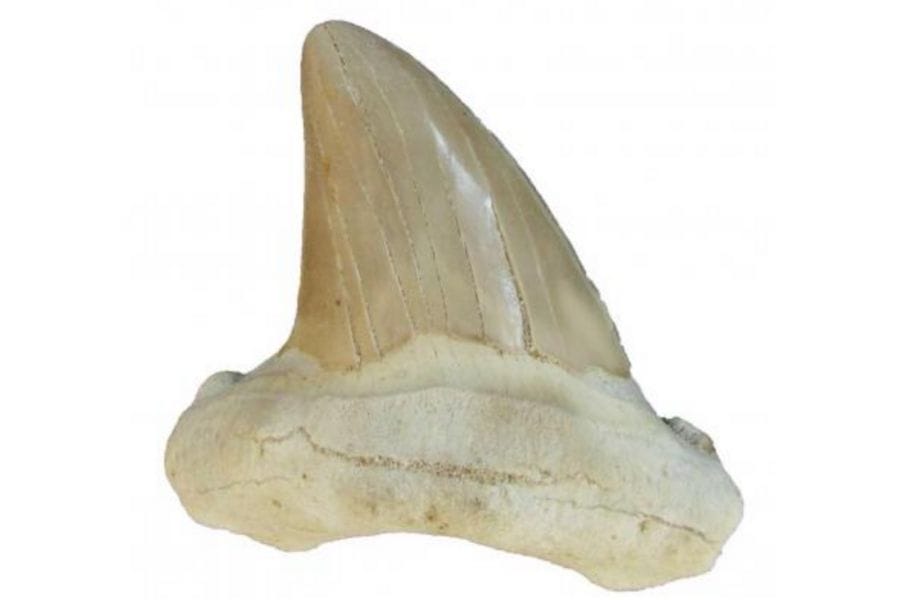
Many people who go to Oregon to look for fossils ask these things. You need to know what to say.
Can you find megalodon teeth or shark teeth in Oregon?
Megalodon teeth are not likely to be found in Oregon because the rocks there are not quite the right age or geological condition to match the time when megalodons lived in the seas.
However, you can sometimes find shark teeth in Oregon, even though they are uncommon. The most likely places to find these fossils are along the state’s coast, especially where there are cliffs and rock formations with layers of sediment from past seas.
Is it illegal to collect fossils in Oregon?
On public lands, you can usually get common remains of insects and plants for your use, but there may be some places where this isn’t allowed.
Vertebrate fossils, on the other hand, like dinosaur bones or fossils of mammals, are protected by state and federal rules because they are more valuable to science. Most of the time, you need a scientific permit to gather these.
Always know the rules for the place you want to visit. If you’re unsure what to do, ask the local Bureau of Land Management office, the U.S. Forest Service, or Oregon’s geological survey or natural resources department.
Can you find dinosaur bones in Oregon?
It’s very unlikely that you will find dinosaur bones in Oregon. There are several natural reasons for this.
Most dinosaur fossils are found in sedimentary rocks from the Late Triassic period to the end of the Cretaceous period, about 230 million to 65 million years ago. However, Oregon does not have a lot of these types of rocks.
Our Favorite Places To Buy Fossils In Oregon

Several shops in Oregon sell fossils and other minerals. If you want to start collecting or add to what you already have, there are good places to look.
- 5 Elements Gem & Mineral – 2100 W Broadway, Eugene, OR 97402, United States
- Crystal Cove Rock Shop – 97900 Shopping Center Ave # 1, Brookings, OR 97415, United States
- Dragon Crystals – 107 W 1st St, Phoenix, OR 97535, United States
- Ed’s House of Gems – 7712 NE Sandy Blvd, Portland, OR 97213, United States
- Mystery Gallery – 13750 SE McLoughlin Blvd, Oak Grove, OR 97222, United States
- Portland Rocks – 6658 SE Milwaukie Ave, Portland, OR 97202, United States
- Shoamous’es Rocks – 9 N Holladay Dr, Seaside, OR 97138, United States
- Visions Rock Shop – 6334 US-101 # 4, Lincoln City, OR 97367, United States

